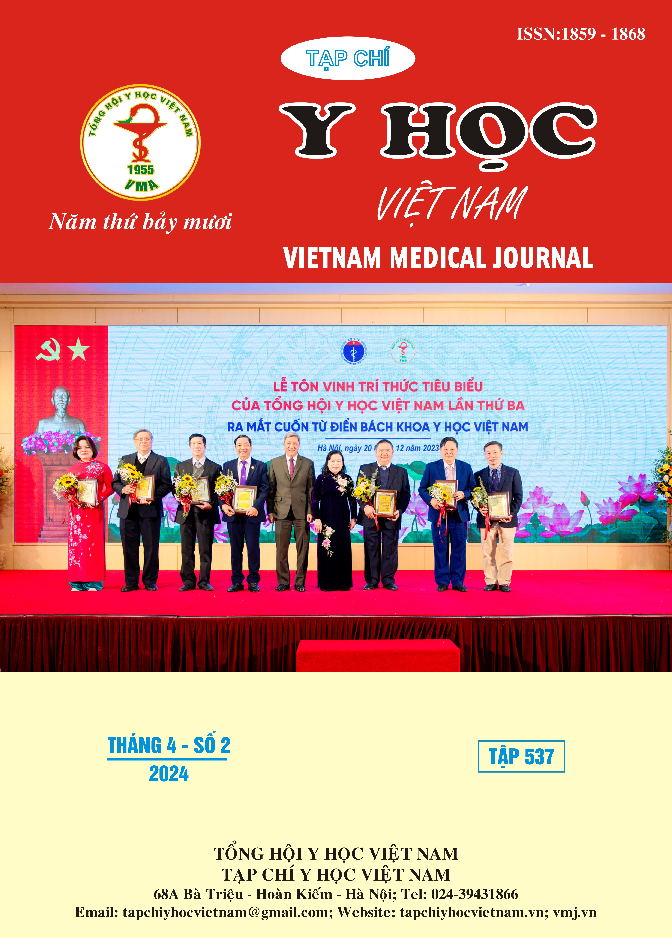CONTRACTION OF THE FLEXOR HALLUCIS LONGUS TENDON FOLLOWING FIBULA FLAP HARVEST FOR MANDIBULAR RECONSTRUCION: A CASE REPORT AND LITERATURE REVIEW
Main Article Content
Abstract
In recent decades, the fibula flap has become the most popular type of flap used to reconstruct bone defects, especially the mandible due to its quantity and similarity to the damaged bone area. In parallel with research and analysis of the advantages of this type of flap, complications at the flap donor site and how to prevent them are also constantly being reported. Common complications include delayed wound healing, infection, bleeding, graft skin necrosis or late complications such as persistent pain, limited movement of the ankle joint or limited movement due to motor nerve damage. This article presents a special clinical case with rare complications that have not been reported in the medical literature. Materials and methods: Case report and literature review. Results: A 19-year-old male patient underwent surgery to remove ameloblastoma over the right mandibular and reconstruct it with a contralateral fibula free flap. After surgery, the big toe on the left leg gradually flex and folds toward the sole of the foot, causing limited movement. At 3 months after surgery, the big toe was bent at an 80 degree angle, the patient had surgery to lengthen the flexor hallucis longus tendon to improve mobility. Conclusions: Contracture of the tendons after fibula flap harvesting is a rare complication that severely affects toe movement and can be prevented if the surgeon pays attention during surgery.
Article Details
Keywords
fibula flap, complications at fibula flap donor site, contracture of the flexor hallucis longus muscle.
References
2. Maben D, Anehosur V, Kumar N (2021). Assessment of Donor Site Morbidity Following Fibula Flap Transfer. J Maxillofac Oral Surg. Jun;20(2):258-263.
3. Taylor GI, Miller GDH, Ham FJ (1975). The free vascularized bone graft. Plast Reconstr Surg 55:533–544.
4. Gu Y, Ma H, Shujaat S, Orhan K, Coucke W, Amoli MS, Bila M, Politis C, Jacobs R (2021). Donor- and recipient-site morbidity of vascularized fibular and iliac flaps for mandibular reconstruction: A systematic review and meta-analysis. J Plast Reconstr Aesthet Surg. Jul;74(7):1470-1479.
5. Feng KM, Sudirman SR, Shih HS, Jeng SF (2020). Experience on primary closure of fibular flap donor sites and development of an algorithm for closure based on different flap designs. Microsurgery. Oct;40(7):741-749.
6. Fang H, Liu F, Sun C, Pang P (2019). Impact of wound closure on fibular donor-site morbidity: a meta-analysis. BMC Surg. Jul 5;19(1):81.
7. Li P, Fang Q, Qi J, Luo R, Sun C (2015). Risk Factors for Early and Late Donor-Site Morbidity After Free Fibula Flap Harvest. J Oral Maxillofac Surg. Aug;73(8):1637-40.
8. Trịnh Xuân Đàn (2018). Bài giảng giải phẫu học - Đại học Thái Nguyên. Nhà xuất bản Y học.


